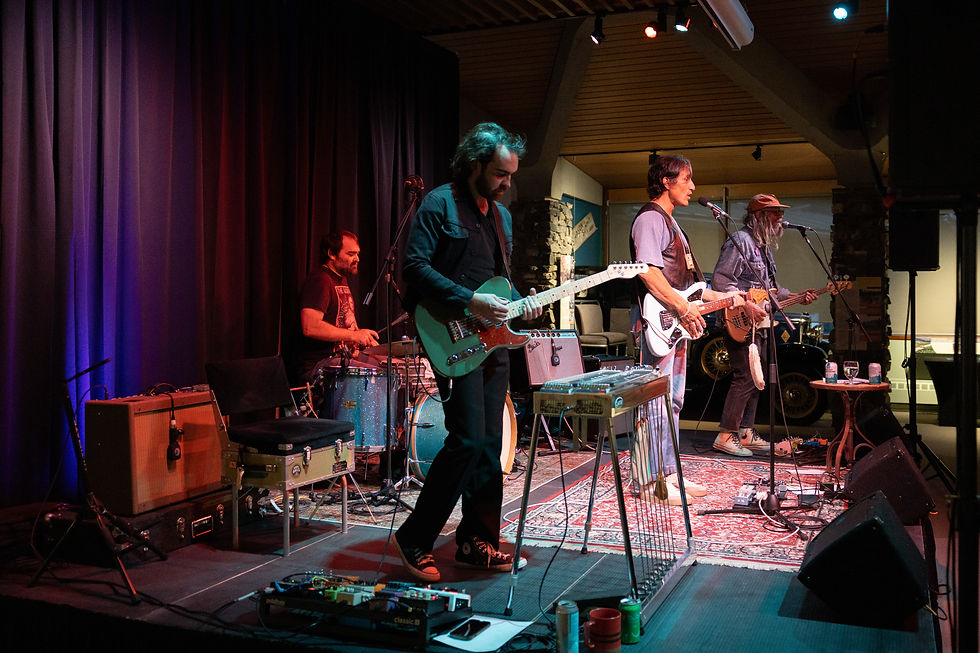Building Bridges within the Cultural Trade Route
- Dec 13, 2019
- 3 min read
Updated: Dec 16, 2019
By Dawn Saunders Dahl, Indigenous Program Manager


Banff sits on the traditional cultural trade route for the Stoney Nakoda, Dene, Blackfoot, Cree, Ktunaxa, Shuswap and later the Metis. I have been taught by my Elders that I have a responsibility to care for the land and to share. I am of Metis (Red River Ojibway) and settler (English, Norwegian, Swedish, French) ancestry and I am honored to be gifted the Stoney Nakoda name Âba aún and be the first Indigenous Program Manager at the Whyte Museum. Since 2008, I have been actively working with Alberta’s Indigenous Arts Communities through public art opportunities, art exhibitions, projects and events. My years as a professional arts administrator have allowed me to generate unique ideas with the goal of exploring powerful and potentially healing intersections between art, artists, and the community. In addition to being active within my own art practice, I believe that Arts and Culture build authentic experiences that support developing local artists and economies. Art making provides us with a sense of identity as we live through our own experiences, ancestors, families, the land, places and relationships.
Crucial to this work is to have the support of the community and staff, to be encouraged and provide spaces for those who have been marginalized. Most importantly, is to listen – Ânarapta (Stoney Nakoda).

Dating back to the 1930’s, the Whyte Museum’s founders, Peter and Catharine Whyte shared a unique and enduring friendship with the Stoney Nakoda. Many strong friendships formed between the Stoney Nakoda and the first Bow Valley settlers, that included friendly games of sport between the communities that lasted until the 1980’s. Building Bridges within the Cultural Trade Route enhances the Indigenous perspective within the Museum’s programs, exhibitions, operations and governance. This is key for museums, archives and educators to respond and implement the Truth and Reconciliation Commission of Canada’s (TRC) Calls to Action. This program provides spaces and creates opportunities to discover, incorporate history and secure a foundation of community connectedness through art making and storytelling, improving awareness and appreciation for the shared history and future of Indigenous and settler cultures in the Bow Valley.
The Cultural Trade Route program will reinvigorate, reclaim and re-establish new bonds that have not been accessible within the last 40 years in the Bow Valley. Participants will have the opportunity to break down barriers and perceptions of each other through the sharing of collective art making experiences, conversations and through the respectful building of friendships. We will also strive to reclaim spaces by providing outdoor classrooms in the Bow Valley for future generations, where learnings about the land can take place.
Join us as we kick off this new series of programming that builds bridges with Indigenous artists, filmmakers, speakers and community members to re-discover the traditional Cultural Trade Route in the Bow Valley and exchange with each other.

Kicking off this program is Lillian Rose from Ktunaxa, providing hands on basket making and eco dyeing workshops throughout the year. In March, Ojibway artist Sarah Agaton Howes will be leading moccasin making workshops and will share her experiences as the 2018-19 Native American Artist in Residence at that Minnesota Historical Society Museum and creating the book Grandmothers Gift Nookomis Obagijigan. These workshops will take place in Banff as well as in Morley with the community and art students at Chiniki College. The Cultural Trade Route programming also includes portrait and landscape painting workshops that I will be delivering to students in Morley throughout the year with other Indigenous artists.
ALSO, the film Blood Memory will be screened at artsPlace in Canmore and Lakoda filmmakers from Minnesota and Stoney Nakoda community members will be in attendance to discuss the film in May of 2020. The importance of Land Acknowledgement sessions will take place in March and the Seven Stars performance by the Smalleyes Family will take place in June along with other programs during National Indigenous Peoples month. The Nakoda AV Club has been commissioned to create a documentary based on all these exciting programs and engage with the new Indigenous Advisory Committee.
I look forward to seeing familiar and new faces and at the museum as we explore the Cultural Trade Route and develop Indigenous programs together.
See our events page here for more information on upcoming programming.



Comments